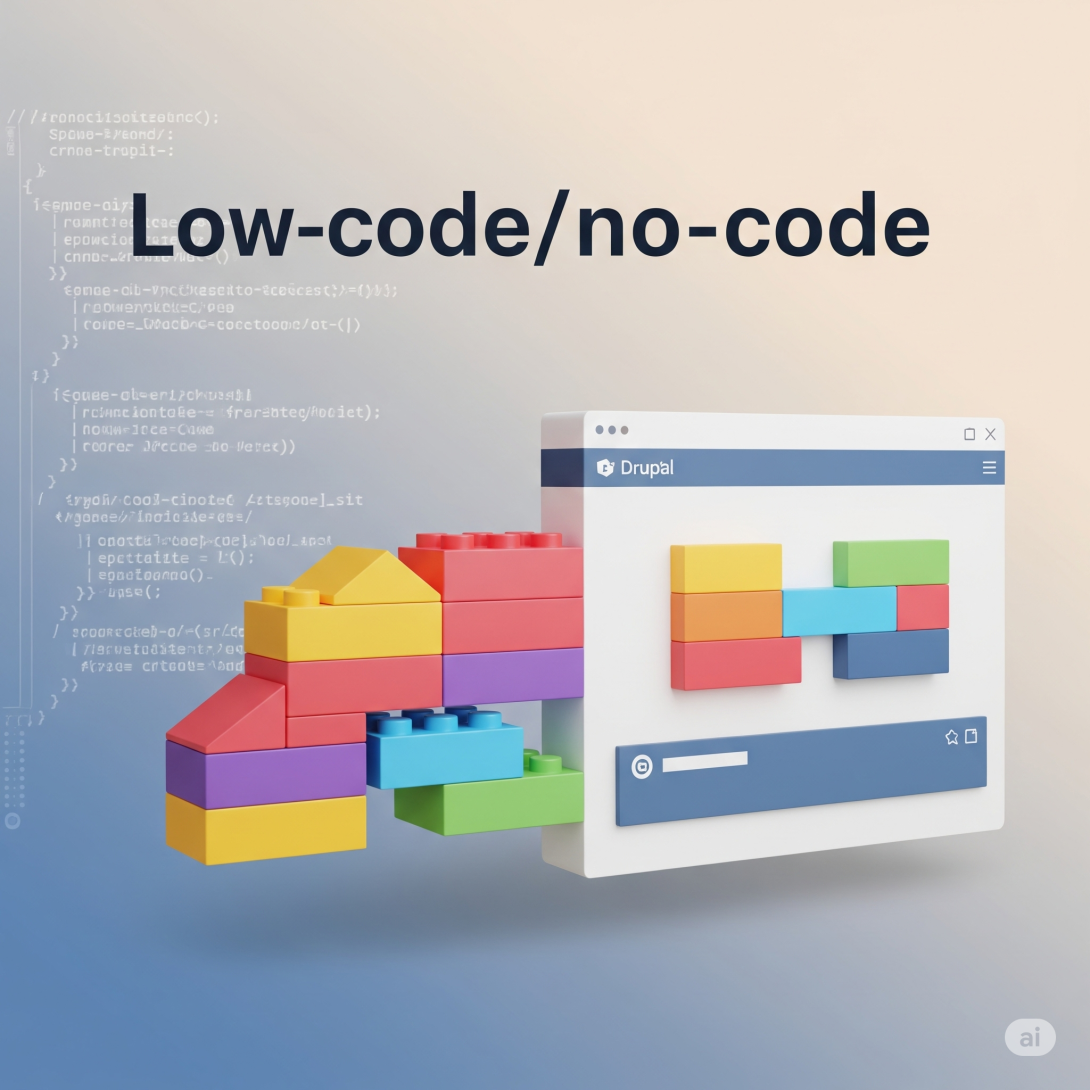
For years, Drupal carried a reputation as a "developer's CMS"—powerful, flexible, but often intimidating for the non-technical user. But times have changed. With recent advancements, Drupal has embraced the low-code/no-code movement, making it easier than ever for marketers, content creators, and project managers to build, update, and manage digital experiences without touching a single line of code.
So, how did this transformation happen? Let’s explore the tools leading the way.
🧱 Layout Builder: Drag, Drop, Done
Remember when building a page layout in Drupal meant writing template files and custom code? Those days are fading. Layout Builder lets you visually design pages by dragging and dropping components (called blocks) into place—just like playing with digital LEGO bricks.
-
✅ Customize individual pages or content types.
-
✅ Reorder sections with ease.
-
✅ Add media, forms, and even views—no developer needed.
Layout Builder empowers content teams to launch landing pages on the fly, tweak design layouts, and experiment with content placement—all in real time.
🧑💻 Admin UI: Power Meets Simplicity
The new Admin UI is a breath of fresh air. Built with the Claro theme and modernized UX practices, it’s much more intuitive:
-
📁 Cleaner navigation and content creation flows
-
🧩 Easier module and config management
-
🔍 Improved accessibility and clarity
This UI refresh removes friction for content editors and non-technical team members, making Drupal feel less like an engineering tool and more like a collaborative platform.
🍽️ Drupal Recipes: Pre-Built Functionality You Can Plate & Serve
One of the most exciting additions to the low-code ecosystem in Drupal is Drupal Recipes. Think of them as pre-packaged bundles of features and configurations that you can "install" in one go.
Want to add a blog section? A campaign landing page template? A contact form workflow? There’s a recipe for that.
-
📦 No need to configure from scratch
-
🧩 Save time and standardize functionality
-
🎯 Perfect for project managers and site builders
This makes it easy to roll out consistent features across multiple sites or environments—especially helpful in enterprise settings.
✨ The Benefits: Why Low-Code Matters
This low-code/no-code evolution isn’t just about convenience—it’s about empowerment and agility:
-
🚀 Faster Time to Market: Launch campaigns, update content, or test landing pages without the dev queue.
-
💸 Reduced Costs: Fewer development cycles mean more budget for strategy and marketing.
-
💬 Improved Collaboration: Non-tech and tech teams can work together seamlessly on the same platform.
👀 What This Means for Your Team
If your organization is already using Drupal (or considering it), this shift means you can unlock more value from your platform without increasing your technical overhead.
Marketers can move fast. Developers can focus on complex logic. And content creators finally get the freedom to create without fear.
The introduction of tools like Layout Builder, the revamped Admin UI, and Drupal Recipes signals a powerful shift: Drupal is no longer just for developers. It’s now a platform where everyone—from content creators to campaign managers—can build, experiment, and launch with confidence.
So if you’ve ever thought Drupal was “too technical,” it might be time to take another look. The platform is evolving—and it’s bringing everyone along for the ride.







